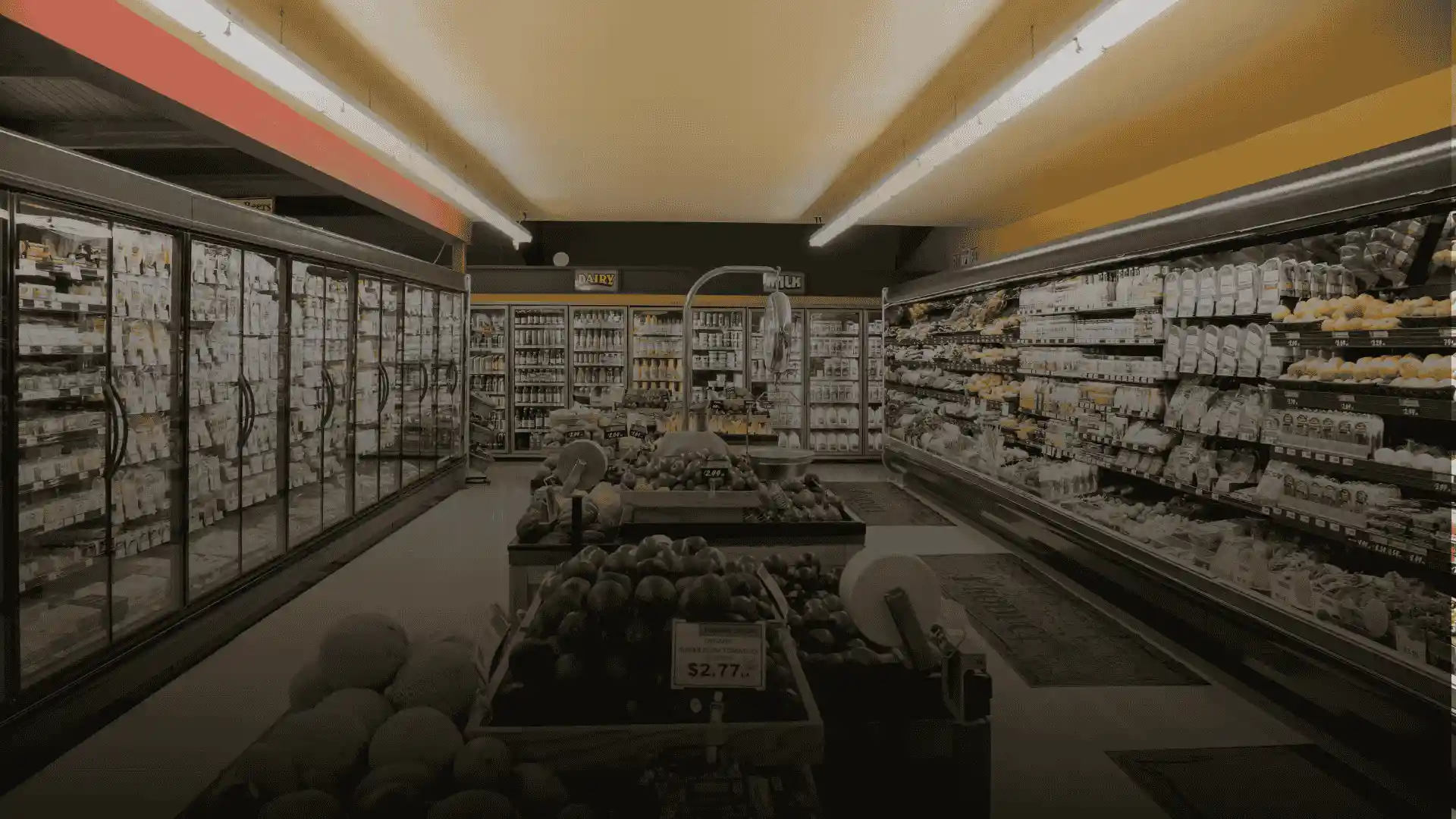ROI Through Smart Asset Management
By leveraging the configurable features of the Fexa CMMS solution, McCoy’s, a rapidly growing building supply company, has been able to achieve significant capital and expense-related savings across a broad range of assets.
ABOUT THE CUSTOMER
McCoy’s Building Supply is a rapidly growing retail building supplier with full-service lumberyards in 5 states, including Arkansas, Mississippi, New Mexico, Oklahoma and Texas. McCoy’s caters to serious do-it-yourselfers, farmers and ranchers, repair and remodel contractors, and independent homebuilders.
Highlight
“One of the things Fexa did really well for us at McCoy’s is the configurability of asset attributes. Prior to Fexa, when we were setting up assets in other systems, you could set up an asset with custom fields but you had to have the same fields across the board for every piece of equipment. The flexibility of Fexa by asset class was a huge differentiator for us. “
Chet Lange, Director Store Development Fleet, & Facilities
McCoy’s Building Supply
The Challenge
McCoy’s Building Supply was seeking a facilities management solution that would serve their facilities and asset management requirements. In addition to the retail stores, McCoy’s operates and relies upon a fleet of on-road trucks to deliver materials to their customers. The facilities team manages their retail locations inclusive the facilities, parking lots, a range of interior assets from forklifts to shelving and more.
The team at McCoy’s needed a solution that was flexible enough to give them integration of work order and asset management across a broad range of diverse asset types in order to better manage their overall asset portfolio. They wanted a facilities management solution that would allow them to manage everything from their revenue essential custom fleet of delivery vehicles which require stringent DOT compliance tracking to HVAC systems, forklifts, shelving, and even parking lot striping integrity.
Not all assets are created equally, and for the solution to work for McCoy’s, they needed to treat assets differently by class. That meant that each asset class would require unique services providers, custom fields, work order workflow, prioritization options, and reporting. Rigid systems that offered “best practices” workflow without flexible custom configurability for adapting would not give them the efficiency and cost leverage they were seeking.
The Solution & Game Plan with Fexa
• Utilize Fexa’s powerful workflow designer to create Custom Workflows, accommodating each asset class uniquely that they wanted to manage & monitor.
• Create specific Strategic Custom Fields to enable management of all asset classes for optimizing uptime and efficiency, inclusive of DOT Compliant management of the McCoy’s Truck Fleet.
• Configure & Automate a run of weekly custom reporting exports to be sent to the appropriate teams across FM, construction, accounting, & procurement.
• Utilize granular data and reporting to use as a procurement tool and as leverage to negotiate volume and discount deals with HVAC suppliers, parking paving stripers, and more – saving significant money.
• Leverage Fexa’s Multi-vendor / Multi-trades Project capability to use for those stores where planned reconfiguration efforts were required. Work with real estate, construction, & distribution teams to assure all timelines would be covered & properly accounted for.
Benefits of Solution Implementation
Fexa and McCoy’s set up several classes of assets to accommodate the unique needs of each different type.
| Solution | Benefit |
|---|---|
| Unique custom fields by asset class. | Unique fields could be used to inform better decisions or trigger relevant automation to save time. |
| Use of unlimited custom fields for capturing and meeting specific compliance requirements. | Fields required for tracking in-service data & maintenance history as required for Fleet compliance could be captured inside of Fexa for adherence to compliance requirements & reporting. |
| Customized workflow to meet the unique needs of each asset class for leveraging automation. | Refined rules-based automation enabled any repair requests or preventative maintenance work to take advantage of pre-defined rules based on service vendors, type of service, warranty status, reactive / preventative status, asset condition, percent depreciated, or more. This created significant opportunities to save money without even requiring FM intervention. |
| Capture asset data that is elegantly integrated with WO history for planning insights. | Utilize the data to predict when major replacements will likely be required & negotiate volume contracts with asset and provider suppliers 2-3 years out. |
Learn More
Learn how Fexa’s highly flexible and configurable Facilities Management Software Solution can provide you with elegantly integrated work order, asset, provider, and building management features. Find significant savings while prioritizing your business to achieve the desired results.







